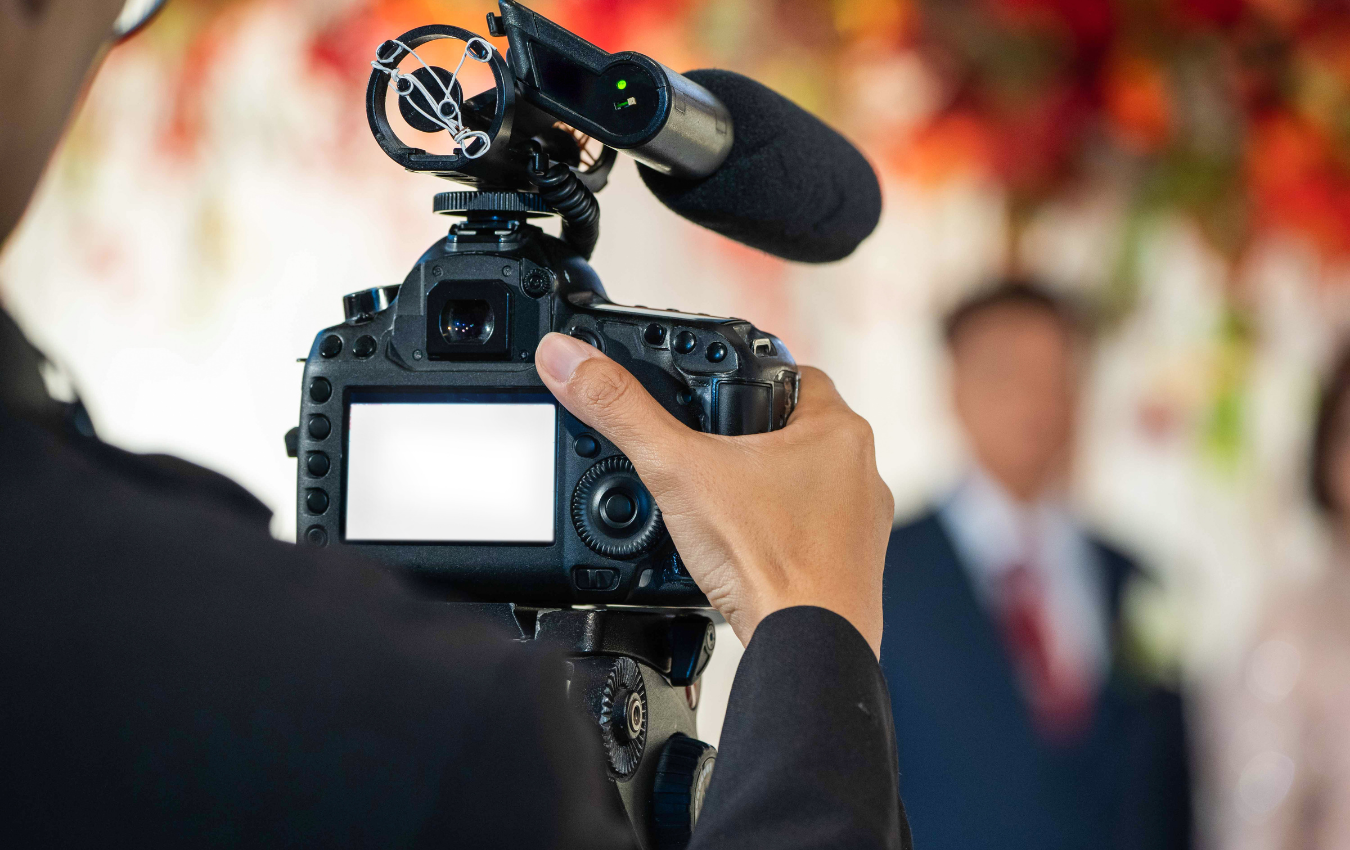Today’s fast world is matched only by the lightning-fast pace at which technology is developing. As creative professionals such as graphic designers, photographers, videographers, and digital marketers, we are always expanding our knowledge base, refining our techniques, and improving our equipment. The price of maintaining a state of technological and cultural relevance is high, though.
Professionals in these sectors devote a great deal of time and money to providing clients with the best possible service and staying ahead of the competition. Due to the ever-changing technological landscape, we must regularly update our hardware, software, and other resources to ensure optimal performance.
Mastering cutting-edge methods and tools sometimes involves a steep learning curve. Photographers need to use modern cameras and editing software; videographers must master new filming and editing methods; and digital marketers must keep up with ever-changing algorithms and advertising platforms.
Keeping up with technology also calls for a hefty financial commitment. The price tag includes everything from new technology and software to workshops, conferences, licencing, subscriptions, and specialised training. As professionals, it is our responsibility to make these payments and maintain a financially stable company.
Consider not only the final product or service when thinking about the hourly rates paid by specialists in various industries. A lot of time, energy, and money are put in behind the scenes to ensure a high-quality result. Charges are reflective of the time, money, and effort required to maintain the highest levels of expertise and knowledge in one’s field.
Clients and customers must understand the value that these experts bring to the table. A better understanding of the price structure and the development of a mutually beneficial relationship between service providers and clients can be fostered by recognising the substantial investment required to stay current and achieve great results.
Videos
The Power of Videography in Today’s Age: Elevating Marketing through Dynamic Visual Storytelling
Videography has emerged as a powerful tool in today’s digital age, transforming the way businesses connect with their audiences and convey messages. Here are various aspects of videography and how they contribute to marketing success:
- Promotional Videos: Promotional videos are an effective way to showcase products, services, or events in a visually compelling manner. They allow businesses to engage their target audience, highlight key features, evoke emotions, and generate interest and excitement, ultimately driving conversions and sales.
- Wedding Videos: Wedding videography captures precious moments and emotions, creating lasting memories for couples and their loved ones. It enables couples to relive their special day and share their joy with others. Wedding videographers have the power to tell unique love stories through visually stunning and emotionally resonant films.
- Social Media Reels: Platforms like Facebook and Instagram Reels provide a space for short-form, visually captivating videos. Marketers leverage these formats to engage and entertain audiences in a concise and engaging way. By crafting compelling reels that align with their brand, businesses can increase visibility, attract new followers, and enhance brand awareness.
- YouTube Shorts: YouTube Shorts, with its vertical video format, offers an opportunity for businesses to create snackable and engaging content. It allows for quick storytelling, educational content, or behind-the-scenes glimpses. Utilising YouTube shorts can help brands expand their reach, increase subscribers, and drive traffic to their channels or websites.
- Drone Footage: Drone videography has revolutionised the way we capture visuals from unique perspectives. It enables businesses to showcase landscapes, properties, events, or products from breathtaking aerial angles. Drone footage adds a wow factor to marketing materials, creating a memorable and immersive experience for viewers.
- Visual Storytelling: Videography enables businesses to tell compelling stories visually. Through captivating narratives, emotional connections, and engaging visuals, brands can create a powerful impact on their audience. Visual storytelling elicits emotions, builds brand loyalty, and enhances customer engagement.
- Enhanced Engagement: Videos have a higher engagement rate compared to other forms of content. They capture attention, convey information more effectively, and encourage social sharing. Incorporating videos in marketing campaigns boosts engagement, increases reach, and fosters deeper connections with the target audience.
- Brand Personality and Authenticity: Videography allows businesses to showcase their brand’s personality, values, and culture. It humanises the brand, making it relatable and authentic to the audience. By visually expressing the brand’s unique identity, videography creates a strong and memorable impression on viewers.
- Mobile-Friendly Consumption: With the rise of mobile usage, videos have become easily accessible and consumable on smartphones. Mobile-friendly videography caters to on-the-go viewers, expanding the reach and potential audience for businesses.
Videography has become an essential tool in modern marketing strategies, enabling businesses to captivate and engage audiences, build brand identity, and convey messages in an impactful and memorable way. By leveraging the power of videography, businesses can effectively connect with their target market and achieve their marketing objectives in today’s digital landscape.



